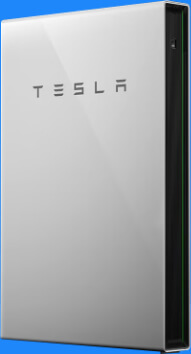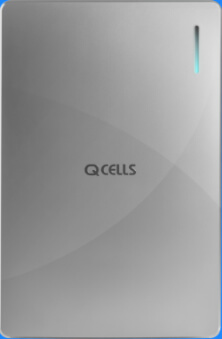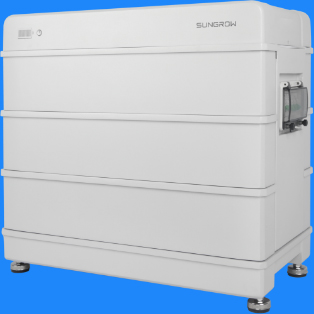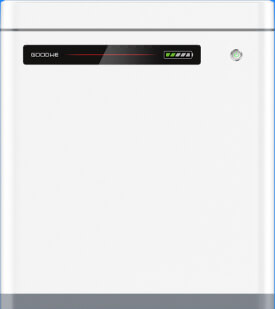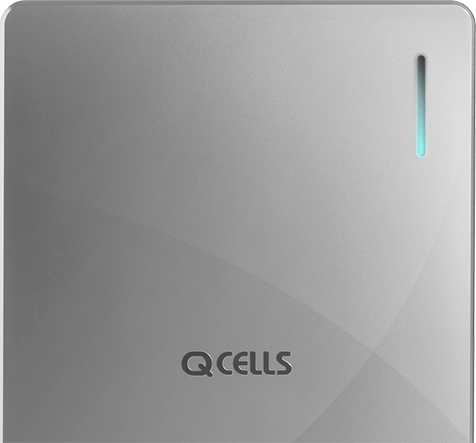Get the Right Fit for Your Home.
Choosing a home battery system can be overwhelming. The array of technical features and the differences between brands can make it difficult to know which product is right for you.
To make this task easier, we’ve put together a comprehensive comparison of some of the top home battery brands on the market.
Home Battery Product Comparison Table
Brand | Country of Origin | VPP Ready | Warranty | IP Rating | Chemistry | Capacity (Usable) | Power | Dimensions |
Austria / China | Yes | 10 Years | IP55 | LiFePo4 | 22 kWh | 5 kW | 1411 x | |
Germany | Yes | 10 Years | IP56 | LiFePo4 | 10 kWh | 5 kW | 710 x | |
South Korea | Yes | 15 Years | IP65 | Li + NCA | < 19.53 kWh | 5 kW | 920 x | |
China | Yes | 10 Years | IP55 | LiFePo4 | 13.1 kWh | 7.68 kW | 600 x | |
USA | Yes | 10 Years | IP67 | Li NMC | 13.5 kWh | 5 kW | 750 x | |
China | Yes | 10 Years | IP55 | LiFePo4 | 22 kWh | 5.7 kW | 600 x |
Understanding Battery Features
Country of Origin
The country of origin can provide insights into the quality of the manufacturing process and standards. Brands like Sonnen and Fronius/BYD originate from countries known for their high engineering standards.
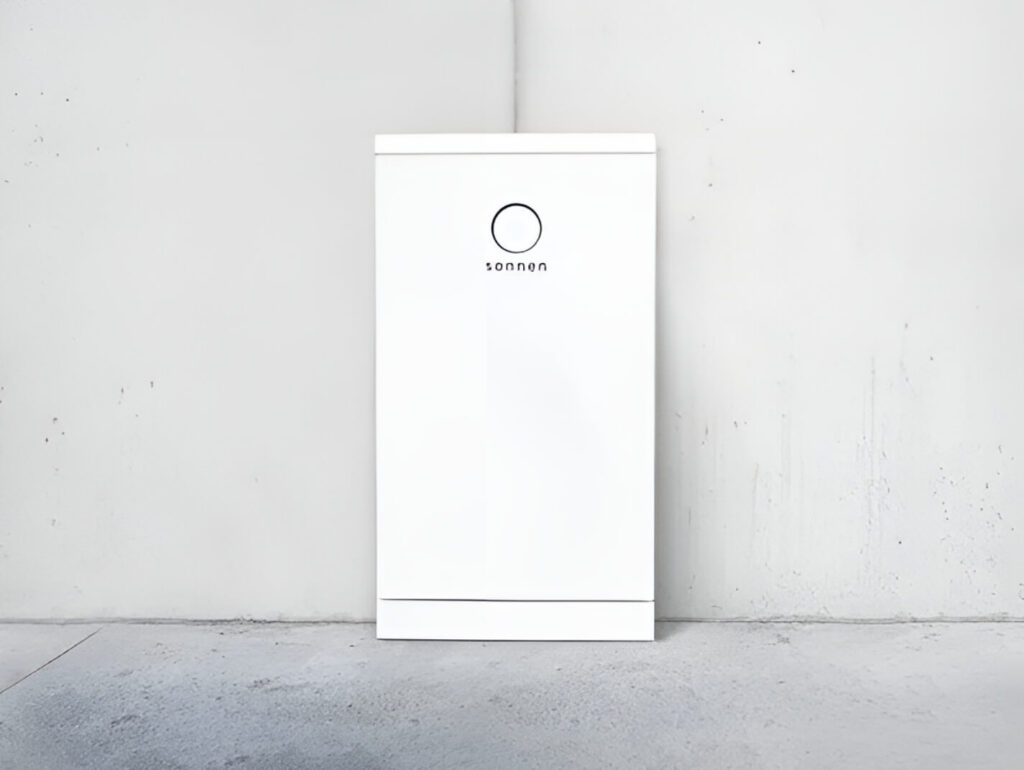
VPP Ready
Being VPP (Virtual Power Plant) ready means that the battery can connect to a decentralised grid, allowing homeowners to sell back excess power and gain energy bill credits.
Warranty
The warranty period of a battery is an indication of the manufacturer’s confidence in their product. Longer warranty periods, like Qcells’ 15-year warranty, can offer homeowners more peace of mind.
IP Rating
An IP rating (Ingress Protection rating) indicates the degree of protection a battery has against elements like dust and water. Higher IP ratings, such as Tesla’s IP67 rating, mean the battery is more resistant to environmental factors.
Chemistry
The chemistry of a battery affects its lifespan, safety, and performance. Both LiFePo4 and Li+ NCA have their advantages, with LiFePo4 known for its stability and long life, while Li+ NCA is recognised for its high energy density.
Capacity and Power
The usable capacity (measured in kWh) refers to the total amount of electricity that can be stored in the battery, while power (measured in kW) is the maximum amount of electricity that can be output at a single point in time.
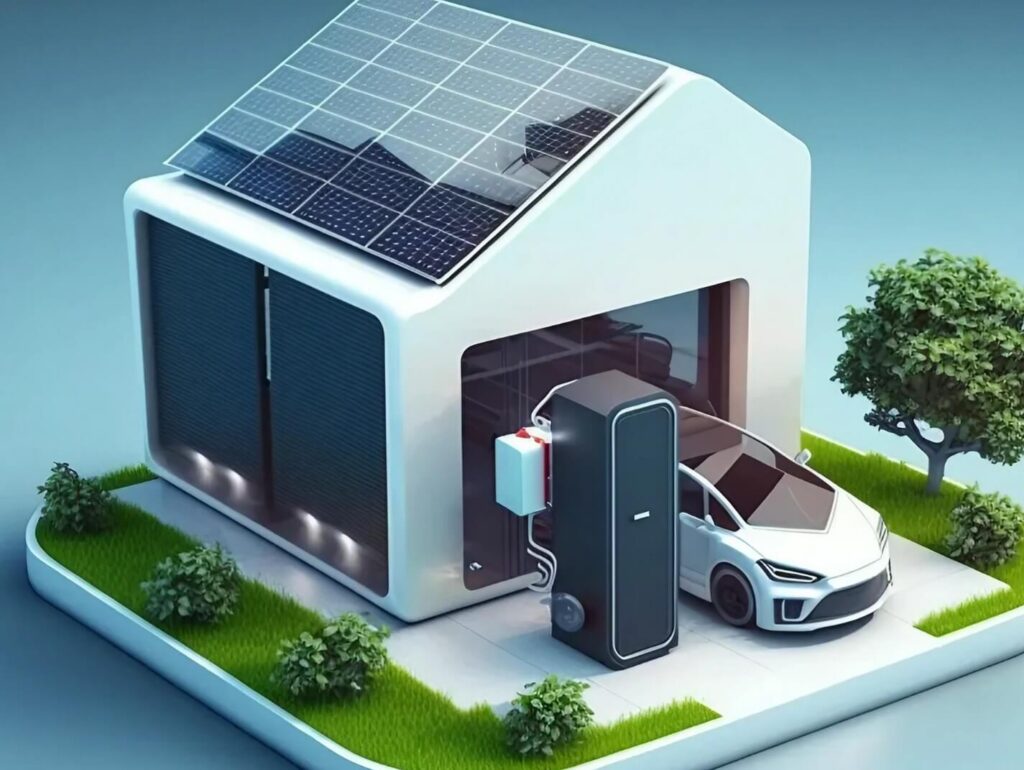
Dimensions
The dimensions of a battery can be a deciding factor if space is a constraint at your property. Smaller batteries like Tesla’s, with dimensions of 75 cm x 115 cm x 15cm, can be more suitable for compact spaces.
Black-Start
Black-start capability means that the battery can start on its own in the event of a blackout, supplying power without a grid connection. Batteries such as Sonnen, Qcells, and GoodWe offer this feature.
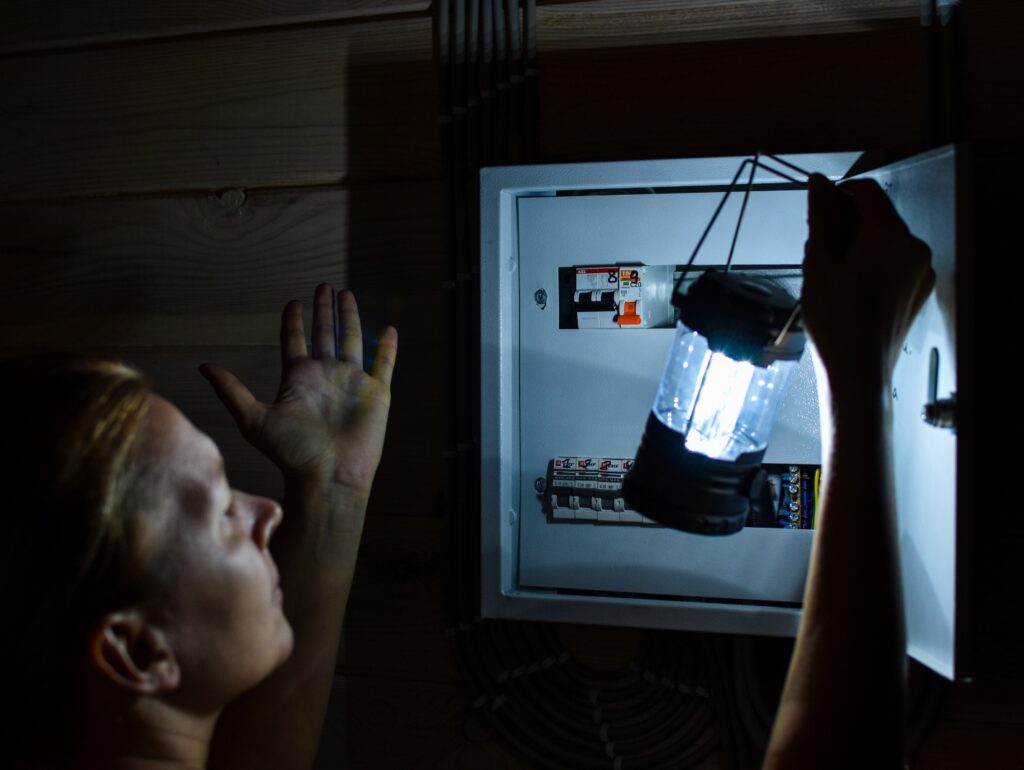
AC or DC Coupled
Lastly, whether a battery is AC or DC coupled affects how it interacts with your solar power system. AC batteries like those from Sonnen can be retrofitted to any existing solar system. On the other hand, DC batteries like Fronius/BYD offer a higher efficiency as they direct couple with solar panels, bypassing an energy conversion step.
We hope this comparison helps guide your home battery buying decision. If you have any more questions or need further clarification, the team at Take Charge Energy is always here to help.
To learn more about individual brands check out our Battery Product Review Centre below.
